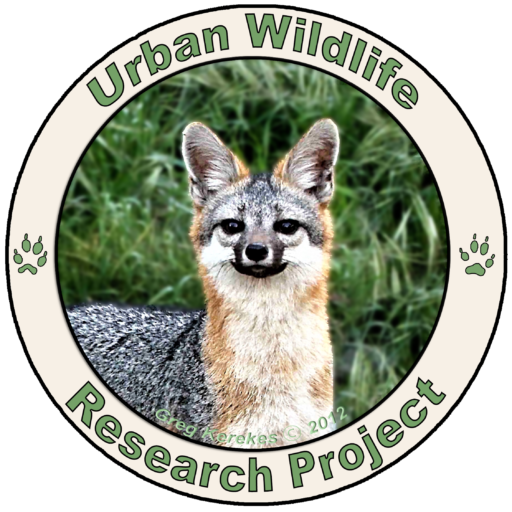
The mission of the Urban Wildlife Research Project (UWRP) is to document gray fox and other wildlife behavior in the San Francisco Bay Area in order to promote the conservation of biodiverse habitats essential for their survival. As a result, UWRP helps facilitate coexistence between people and wildlife through research, advocacy, and public education.
The Urban Wildlife Research Project
Founded in 2009, the Urban Wildlife Research Project (UWRP) embarked on a mission ignited by the curiosity and passion of Bill Leikam, famously known as “The Fox Guy.” Our journey began in the heart of the San Francisco Baylands where Bill discovered a thriving family of gray foxes nestled amidst the accelerating urban sprawl. This encounter led to years of meticulous observation and documentation, marking the inception of a groundbreaking venture into wildlife research and conservation.
At UWRP, our mission is to foster harmony between the bustling urban life of the San Francisco Bay area and the rich, yet vulnerable, tapestry of local wildlife. Guided by principles of scientific advancement, community involvement, and steadfast advocacy, we aim to document and preserve the intricate behaviors of wild animals, particularly focusing on the gray fox populations that navigate the challenges of urban coexistence.
Our programs are the backbone of our initiative, encompassing a wide array of efforts that include the preservation of our extensive research data, innovative field research, and impactful community outreach. With over 8 terabytes of unique data collected over a decade, we are committed to ensuring that this invaluable resource serves the future of wildlife conservation, assisting both seasoned biologists and aspiring citizen scientists in their quest to understand and protect our natural world.
The loss of the entire local gray fox population in 2016 and again in 2024 has been a stark reminder of the fragility of wildlife amidst urban expansion. However, it also strengthened our resolve to contribute to the protection of crucial habitats and corridors for these and other animals. Through collaboration, education, and unwavering dedication, the UWRP aspires to create a future where humans and wildlife flourish together, coexisting in a carefully balanced ecosystem. Join us on this compelling journey as we strive to make a lasting difference in the world of urban wildlife conservation.
the road to fox hollow
To learn more about Bill’s legacy researching gray foxes, give his latest book a read: ‘The Road to Fox Hollow’ can be purchased at Barnes & Noble Booksellers and directly from the publisher Di Angelo Publications.
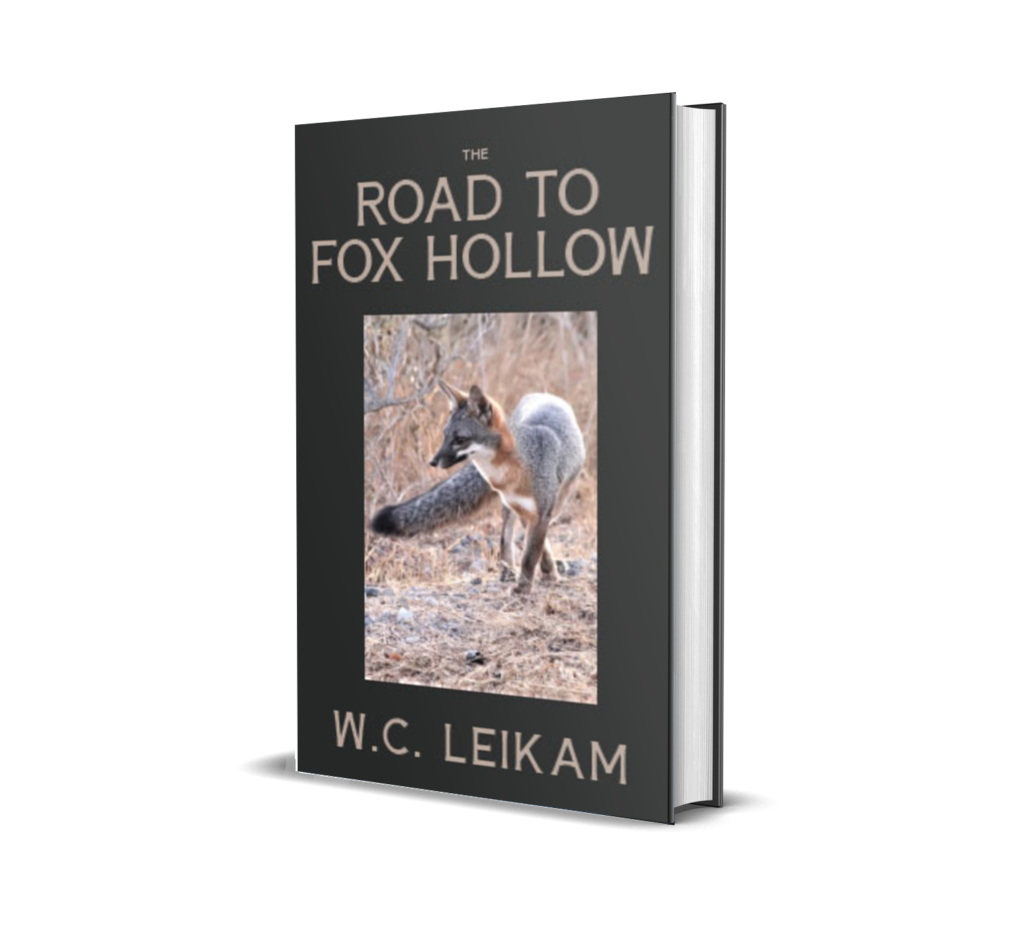
Board of Directors & Volunteers
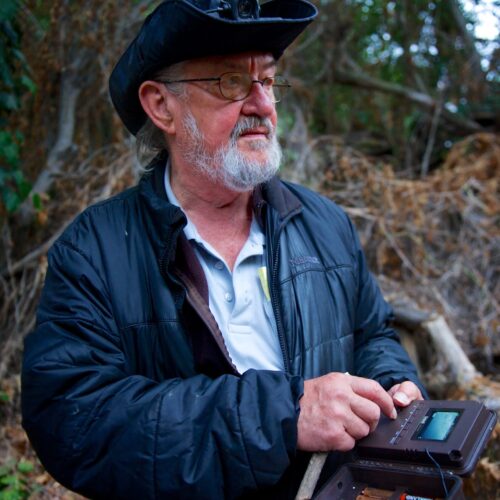
Bill Leikam
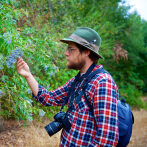
Greg Kerekes
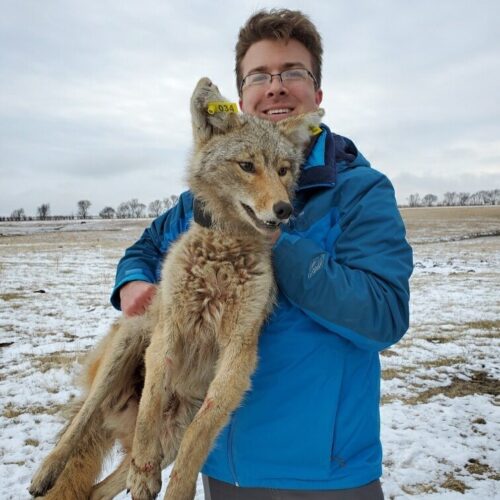
Patrick Ryan

Davy Davidson

Susan Rojas

Valerie Mih
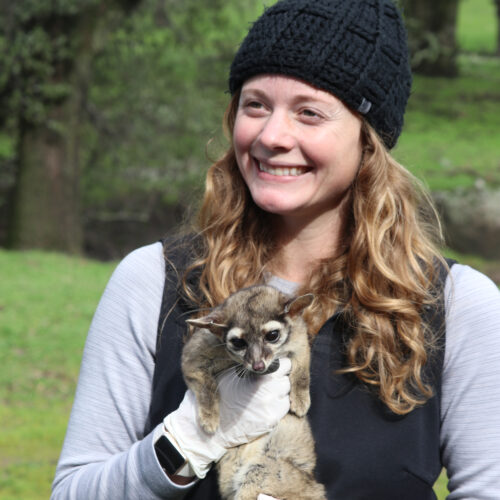
Jen Jelincic
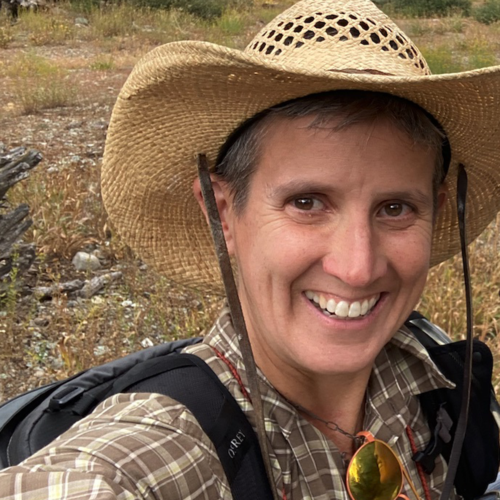
AnMarie Rodgers
Bill Leikam
Beginning in October 2009 to the present Bill Leikam has conducted unprecedented, groundbreaking field research on the behavior of the gray fox. He is an associate director of the North Santa Clara Resource Conservation District. Bill has many accomplishments to his name including being a published live jazz reviewer for All About Jazz, contributed to the field guide, Canids of the World by Dr. Jose Castello, published by the Princeton University Press, has been praised in Beth Pratt’s book, When Mountain Lions are Neighbors as “the Jane Goodall of the gray fox”, and has been the subject of various magazines and news articles. In 1981 he was a Delegate to the People’s Republic of China based on his research into the nature of consciousness. His favorite quote is from Chief Dan George of the Tsleil-Waututh Nation, British Columbia who wrote, “If you talk to the animals they will talk with you and you will know each other. If you do not talk to them you will not know them, and what you do not know you will fear. What one fears one destroys.”
Greg Kerekes
Associate Director and co-founder, Greg Kerekes is a wildlife conservation photographer, preparing to work on a documentary series about the natural diversity of Santa Clara County and beyond. He is credited with capturing the first videos of a Beaver living on the Guadalupe River in San Jose, California. Greg and his wife Alexandria who is also an associate director are presently engaged in developing a series of urban organic farms. They sell their wares at Farmer’s Markets. In addition he and Alex also teach children of all ages about local vernal pond and conservation ecology.
Patrick Ryan
Patrick Ryan graduated from Texas Christian University (TCU) in 2016 with a degree in Wildlife/Conservation Biology. As an undergraduate he participated in wildlife research on bats in North Texas, and on rhinos and other big game species in South Africa. Since graduating from TCU, Patrick has participated on several research projects consisting of prairie dog behavioral ecology in New Mexico, raccoon and opossum resource competition in South Carolina, deer survival and mountain lion predator-prey ecology in California, white-tailed deer movement ecology in Illinois, and predator community impact on waterfowl in South Dakota. Patrick leads the Urban Wildlife Research Project (UWRP) corridor initiative with rigorous field methodology.
“I am passionate about the Urban Wildlife Research Project because it provides a unique environment for community science, reputable research, as well as outreach and education.”
Davy Davidson
Davy Davidson, MA, Transpersonal Psychology, has been an educator, an actress, an international communication coach to McKinsey Management consultants and an entrepreneur running VegTime, her own organic vegan food company. Davy has served on several environmental and animal rights boards. Wildlife has always been her inspiration and her retreat. When a gray fox visited her backyard in Los Altos Hills in 2018 Bill helped her understand more about his habits and habitat. Davy is thrilled to help UWRP grow.
“I am passionate about the Urban Wildlife Research Project because it addresses the space where humanity and wildlife intersect most often. Studies consistently show that humans need nature to be happy. Wildlife needs human care to thrive where urban development threatens its existence. Developing a healthy cohabitation with wildlife in our backyards is vital for all of us to thrive.”
Susan Rojas
Valerie Mih
Valerie Mih has developed STEM (Science, Technology, Engineering & Math) and Sustainability educational curriculum for students of all ages for over 20 years. After working in the entertainment industry as an animator, she discovered a passion for producing innovative educational media and curriculum. She is the CEO of Quantum Academy, Executive Director of the nonprofit Grow Mind Learning Institute and a member of the Sierra Club’s CAFO group (a subcommittee of the Food & Agriculture Committee).
“I am passionate about the Urban Wildlife Research Project because humans learning to live in mutually supportive harmony with natural ecosystems and the living organisms with whom we share this planet is one of the most important challenges of our times.”
Jen Jelincic
AnMarie Rodgers
AnMarie Rodgers, Deputy Director at the Treasure Island Development Authority, leads the creation of the world’s largest, most sustainable neighborhood, as recognized by LEED. Previously, she directed Citywide Policy at San Francisco Planning Department, overseeing diverse projects like the HUB, Shared Spaces, and ClimateSF. AnMarie’s expertise in building relationships with elected officials and her role in developing landmark community plans, including Market & Octavia and Glen Park, highlight her contributions. As a board member of the UWRP, AnMarie married her love of nature with her professional realization that our future demands inclusive land use planning, working at a regional scale, and delivering livability for beings great and small.
